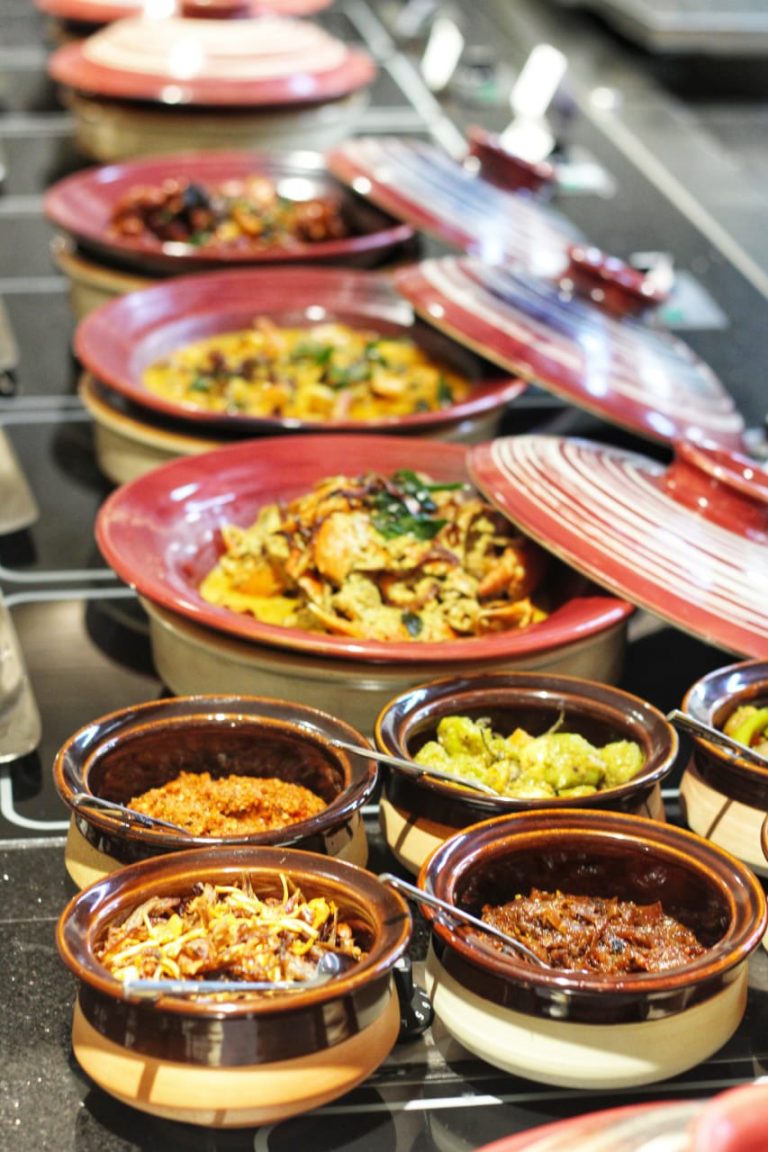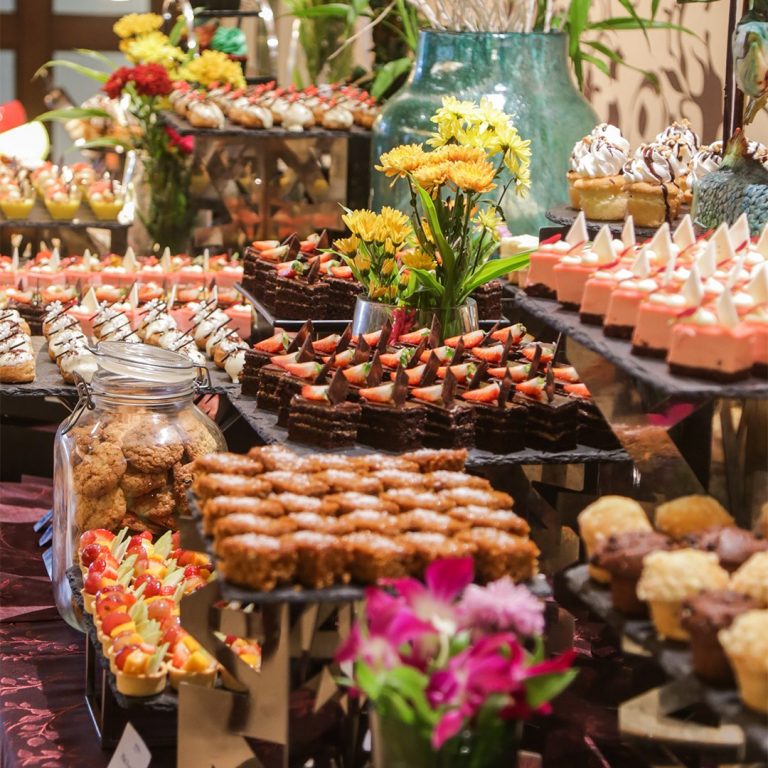While learning the methods of survival, they discovered that adapting to a social group is the most basic one. Why?
Image Source : fubini.swarthmore.edu
The Origins of Angampora
Photo Credits : Dhammika Heenpella
The origins of Angampora are scattered throughout history. It's believed to be older than 33,000 years along with the story of Kataragama Mahasen, the brave Angampora warrior of Yakkha tribe. Later at the time of Maha Ravana who was born to the same tribe, Angampora was vastly expanded. It became more popular as it was introduced to Buddhist civilization.
Throughout the time of King Dutugemunu, the ten giant warriors of his army (Dasa Maha Yodhayo) used Angampora techniques in the battles against the Warlord Elara.
Gotaimbara was one of the ten giants, and he had a separate conflict with Ritigala Jayasena, a powerful member of Yakkha tribe. Gotaimbara tried to flirt with Jayasena's beautiful wife which led to a huge fight. According to Mahãvamsa, Gotaimbara had decaptiated Jayasena by a single Angampora kick to the neck.
The Gurukula
Image Source : srilankafoundation.org
The parties who taught Angampora for latter generations were called Gurukula. They arose during the Kandyan period as the need and the importance of Angampora was increased due to British imperialism in Sri Lanka. There were two main Gurukula in the country; Sudaliya and Maruwalliya.
A new administrative system was developed and the senior members of Gurukula were given titles. Mohottala, Sudaliya Muhandiram, Maruwalliya Muhandiram are a few of them.
The Kings also supported the improvement of Angampora by offering Nindagam (villages granted for officers in King's service to carry out work in the name of the king). While some of the Sudaliya Nindagam were located at Matale, Harispaththuwa, Siduruwana, Udunuwara and Yatinuwara, the Nindagam belonged to Maruwalliya were established at Hewaheta, Udapalatha, Delthota and Rathmale.
The Art of Fighting
Image Source : angampora.info
According to the contemporary experts in Angampora history, there have been six subject areas related to Angampora Education.
They are:
Angampora (Unarmed combat), Ilangampora (Armed combat), Maya Angam (Black and white magic), the Art of Dancing and Drumming, Herbal Medicine and Astrology.
Over the span of time, some of these areas have been lost but the most parts of it have been preserved well by the passionate masters.
The term Angampora refers to physical combat, and is essentially the martial use of limbs, but no weapons. It's categorized into three types; Pora Haramba (offensive and defensive techniques), Gataputtu (grips and locks) and Maru Kala (Vital point attacks).
Pora Haramba
Image Source : exploresrilanka.lk
Pora Haramba has eighteen offensive strikes that can do serious damages to the opponent, and seven defensive techniques to avoid punches from the opponent. Dik gutiya, Athul pahara, Piti pahara are some of the popular offensive techniques in Angampora.
Gataputtu
Image Source : angampora.com
In order to disarm the enemy, make him weak or to kill, the Gataputtu strategy is used. This includes putting grips, locks on opponent’s body parts like hands, legs, and head etc. Diyaballu Gataya, Kathira Gataya, Pimburu Gataya, and Wanda Gataya are few of the many Gataputtu methods. A proper Angampora warrior should know all these, as well as the techniques to redeem from them.
Maru Kala
Image Source : angampora.com
Maru Kala is the most important technique in Angampora. It is advanced and not everyone gets the opportunity to learn it, as this subject includes the study of crucial nerve point strikes. Such strikes require a certain amount of power and speed, and a fighter who is excelled at Maru Kala can cause great pain to the opponent, make him paralysed, incompetent, swoon or give a quick death.
Therefore, a few selected people who are trustworthy can study this, and they should swear a special oath by the name of Lord Buddha and Maha Ravana to not to use these techniques against anyone, unless it’s absolutely necessary. They also can’t teach Maru Kala to anyone with low qualities.
Ilangampora
Image Source : nation.lk
Ilangampora, the art of armed combat is consisting thirty two weapons (Dethis Ayudha) and divided into four main categories; Curved weapons, Circular weapons, Long weapons, and Blunt weapons.
An Angampora student should at least practice for two years before they learn Ilangampora, as it requires a great dedication and discipline.
During that training period trainees got to practice with wooden swords at baby coconut trees, or banana trees. The archery training is done using targets drawn on trees, and swinging coconuts.
The Legacy of Angampora
Image Source : wikipedia.org
The British already feared the power of Angampora, and once they received authority over the Kandyan Kingdom they started massacring the fierce Angampora fighters of that time.
Few members of main two Gurukula were able to survive this bloodbath, and continued practicing Angampora while teaching the later generations. The descendants of such families still live in Karathota, Ritigala and Awissawella areas.

















